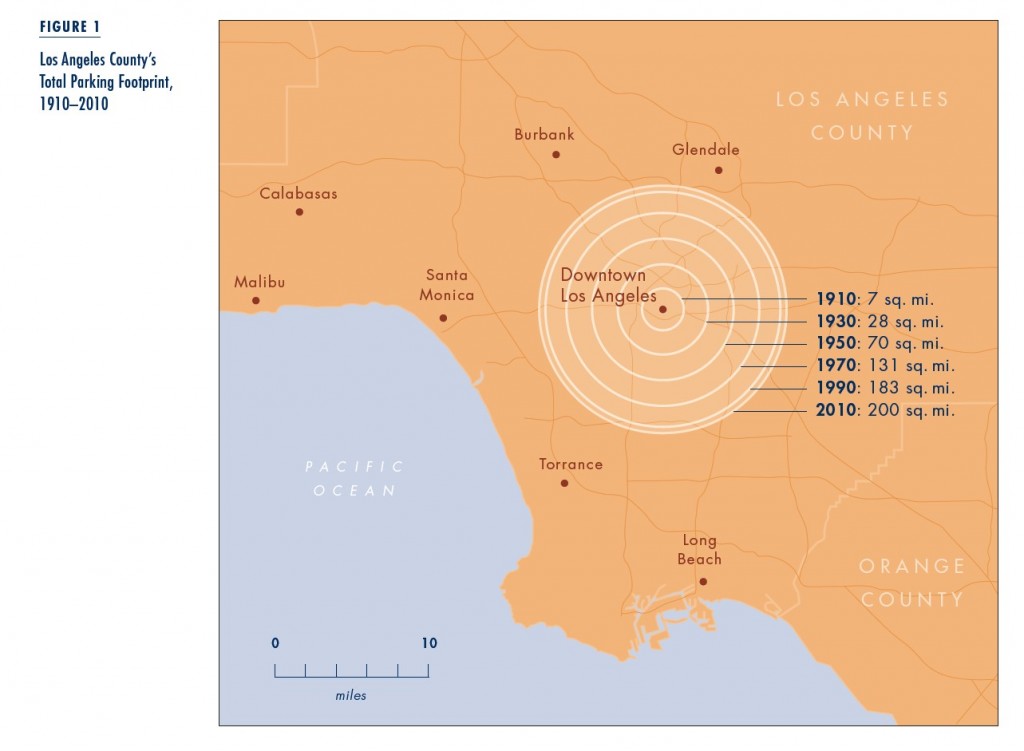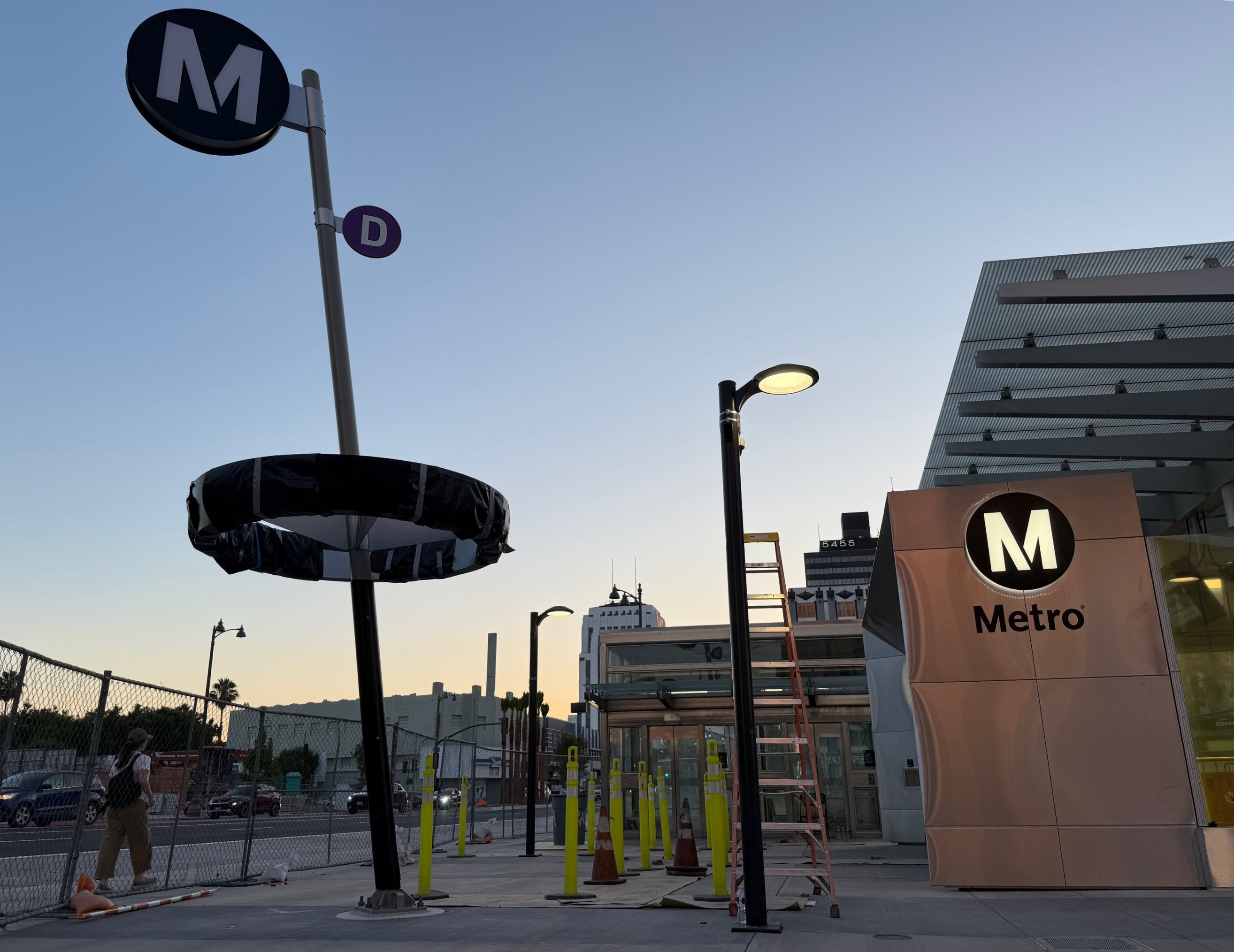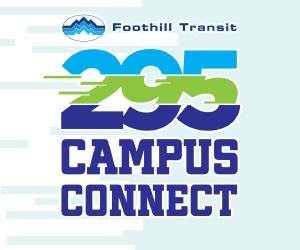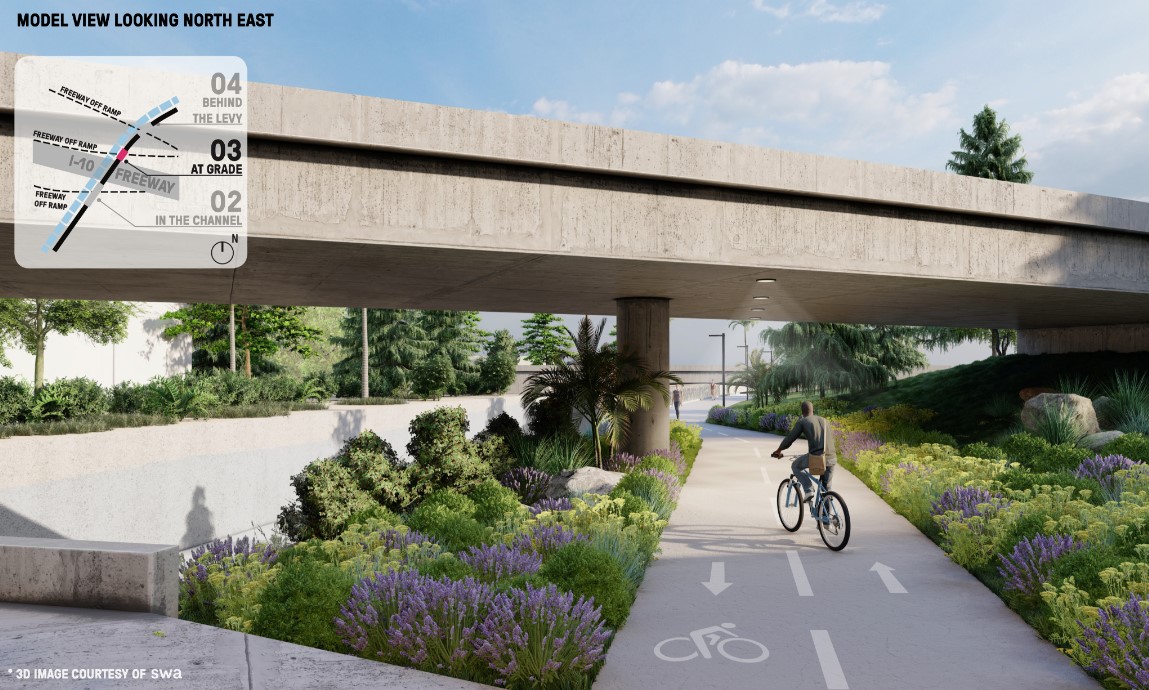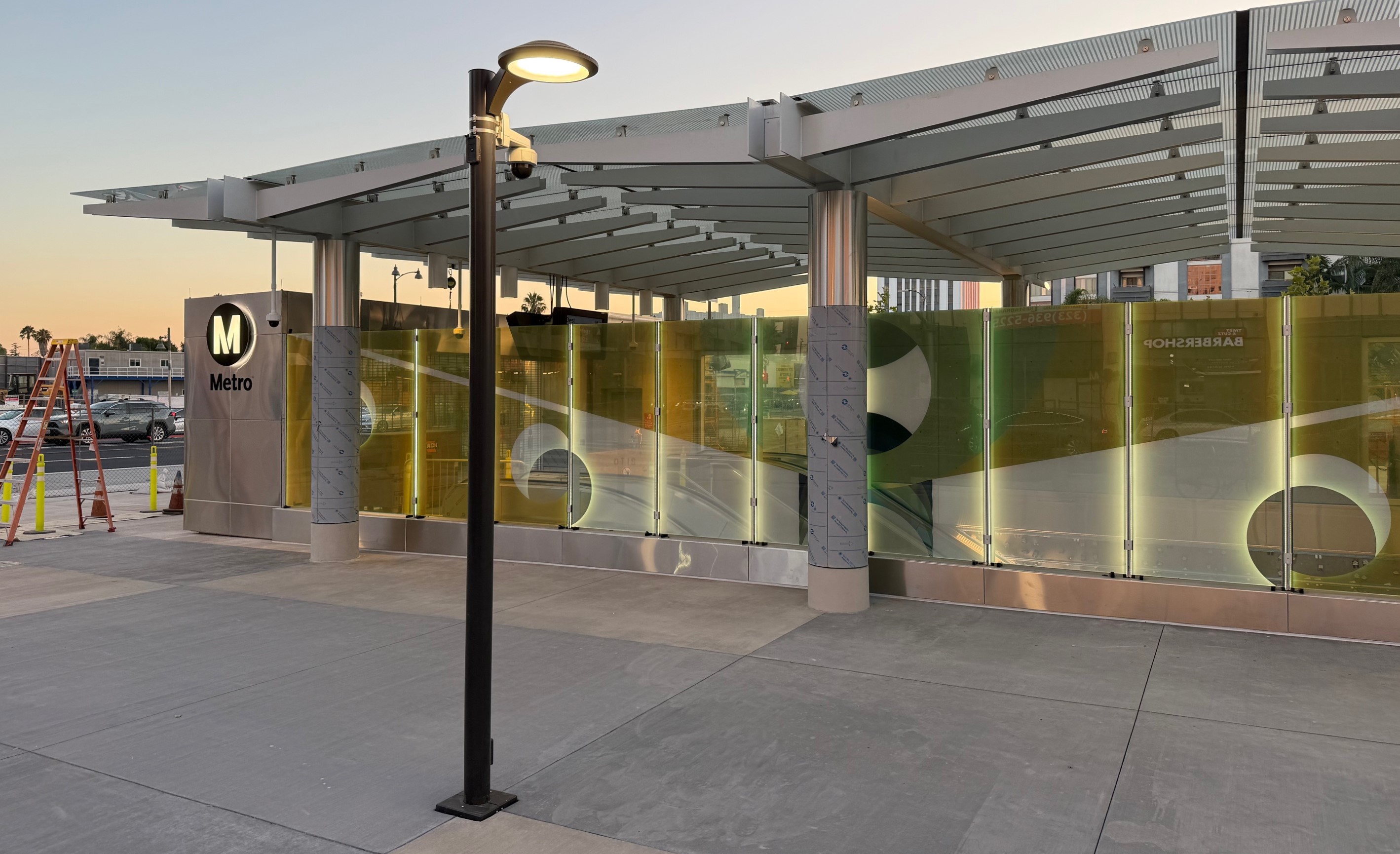The latest issue of Access magazine focuses on parking. The introduction is by parking sage Donald Shoup. There are articles on parking in cities (especially Los Angeles), cruising for parking, market-based pricing, parking for smart growth, parking maximums, and parking benefits districts. From Shoup's introduction:
When it comes to parking, rational people quickly become emotional, and staunch conservatives turn into ardent communists. Critical and analytic faculties seem to shift to a lower level when people think about parking. Some people strongly support market prices—except for parking. Some vehemently oppose subsidies—except for parking. Some abhor planning regulations—except for parking. Some insist on rigorous data collection and statistical tests—except for parking.
Below are summaries of a couple articles most pertinent to Streetsblog L.A. readership.
Do Cities Have Too Much Parking?
The extent of L.A.'s parking boggles the mind. "As of 2010, Los Angeles County had 18.6 million parking spaces, including 5.5 million residential off-street, 9.6 million non-residential off-street, and 3.6 million on-street spaces."
Disturbing graphics depicting the extent of L.A. County land mass covered by parking made the rounds about a year ago. The recent Access article summarizes and crystallizes findings published earlier in the Journal of the American Planning Association, reviewed by Streetsblog L.A. here. Parking blob images were featured at Better Institutions and Curbed. Yes, Virginia, parking in L.A. "amounts to more than 200 square miles of parking spaces, equivalent to 14 percent of the county’s incorporated land area."
What can be done to curb the blob continuing to engulf Los Angeles?
The article's authors call for reform of L.A.'s wrongheaded suburban minimum parking requirements which "create more parking than is needed." The authors recommend not only reducing or eliminating parking minimums for future developments, but also repurposing existing parking. For more detail, see Access or Streetsblog's earlier summary of the pay-walled JAPA article.
Cruising for Parking: Lessons from San Francisco
San Francisco has implemented SFpark, a plan for variable-priced curb metered parking, similar to L.A.'s Express Park program. The Access article examines the question of whether variable priced parking reduces the time that drivers spend "cruising" for parking. Cruising is the practice of, after one has arrived at one's destination, circling the block looking for available curb parking. One Westwood study, summarized in Shoup's The High Cost of Free Parking, estimated that cruising for Westwood parking produced 3,600 miles of excess driving each day, the equivalent of two round trips to the Moon each year.
The trick to minimizing cruising? Price curb parking so that there are nearly always a few open spaces on each block. SFpark adjusts parking meter prices to target an average of 60 to 80 percent occupancy.
Researchers reviewed SFpark data and found that "cruising fell by more than 50 percent over a two-year period in the SFpark pilot areas compared to the control neighborhoods."
There are a few caveats. The study period coincided with driving increases in a rebounding economy, so in SFpark pilot areas cruising remained more or less the same, while areas without SFpark it worsened.
The reduction in cruising was less dramatic than expected, in part due to disabled placard abuse. About twenty percent of metered spaces are occupied by disability placard holders who park for free at all times, and hence are immune to all price incentives.
